

Josh Nevett
2025 GWM Haval H6 review
1 Month Ago
Nissan has pulled the trigger on an aggressive new style for the Juke. It's sharp, and ready to take on established players in the segment.
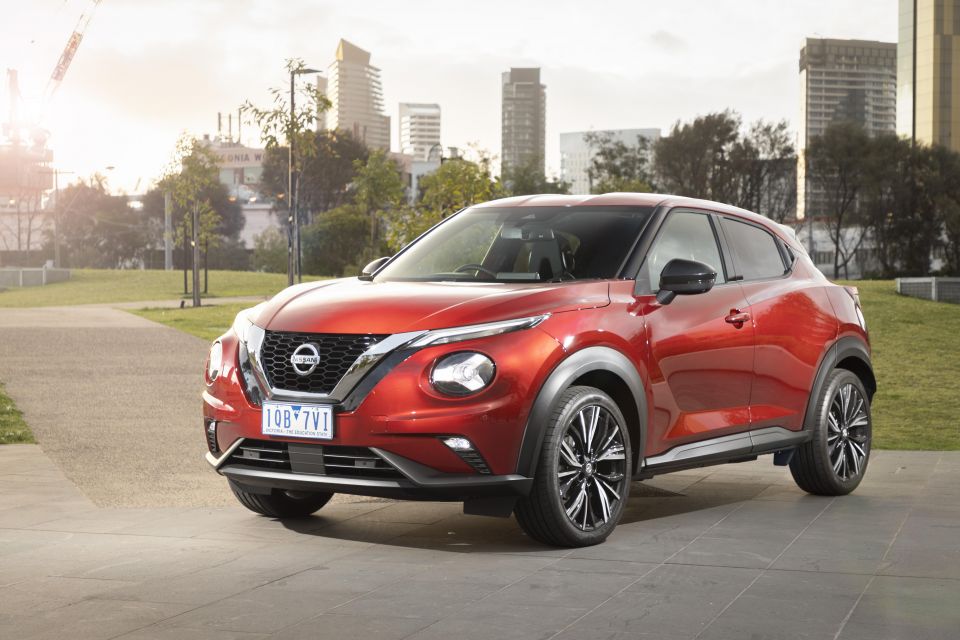
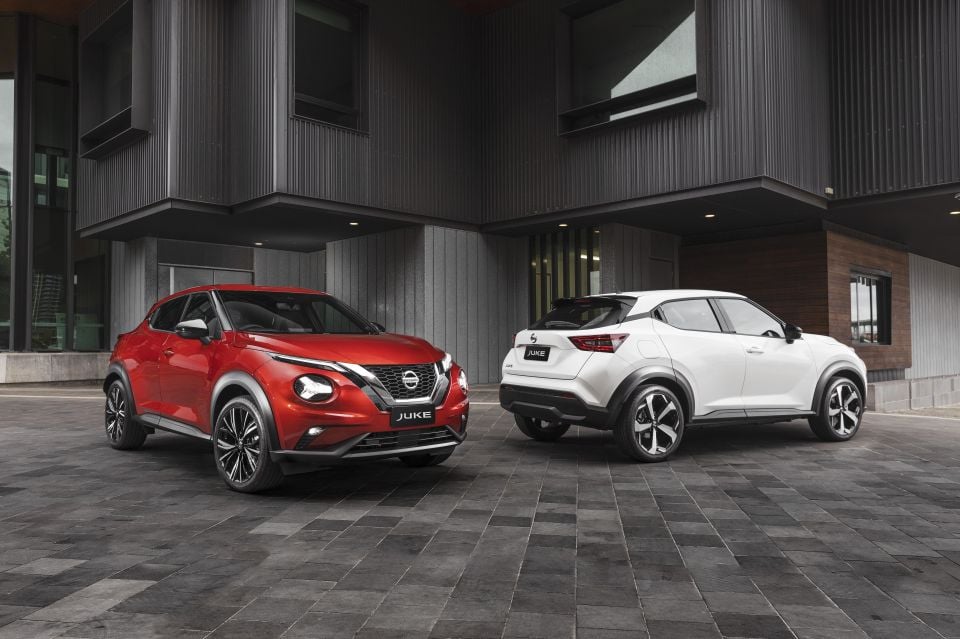

Founder
New from
$23,490
excl. on-roads

Founder
New from
$23,490
excl. on-roads


Founder
New from
$23,490
excl. on-roads

Founder
New from
$23,490
excl. on-roads
Quickly see how this car stacks up against its competition. Select any benchmark to see more details.
Where expert car reviews meet expert car buying – CarExpert gives you trusted advice, personalised service and real savings on your next new car.
There’s no denying it, Nissan is going through a transformation at the moment. Its long-in-the-tooth cars are all due for makeovers and cabin technology is finally a priority.
One of the first cars to receive a total overhaul is the all-new 2020 Nissan Juke. It has copped a substantial styling makeover and finally doesn’t look proportionally out of shape or a little awkward.
The aggressive styling is likely to appeal to this vehicle’s target demographic, as is the big step up in build quality and interior fit and finish.
Nissan’s all-new Juke is built at the brand’s Sunderland assembly line in the United Kingdom and begins a long line of new products set to launch over the next couple of years.
So, given the sharp styling, is the Nissan Juke a crossover worth adding to your shopping list?
Nissan will offer four Juke variants locally with the range kicking off at the entry-level with the ST, which is priced from $27,990 plus on-road costs.
From there, the range steps up to the ST+, which is priced from $30,750 plus on-roads. It then steps up to the ST-L at $33,940 plus on-roads before capping off with the Ti at the top of the tree from $36,490 plus on-roads.

It’s a considerable step up in price from the outgoing model, which kicked off from $23,490 plus on-roads for the ST and capped off at $33,840 plus on-roads for the Ti-S (keep in mind there was a special edition Juke Nismo, which was $41,490 plus on-roads).
While the price has increased, the specification level has taken a considerable leap too, and the range is now exclusively offered with a dual-clutch automatic transmission, instead of being also offered with a manual gearbox.
Buy your new car without the stress. It's fast, simple and completely free.

Great service from Travis and team, second time I have used this business would not hesitate to recommend them to anyone
Craig C.
Purchased a Ford Ranger in Sunshine Coast, QLD
CarExpert helped Craig save $7,224 on his Ford Ranger, now let us save you on your next new car.
Get your BEST priceYou can get a full break down of the entire Nissan Juke range in our Nissan Juke pricing and specifications article, but we’ll cover the basic inclusions below.
The ST line gets 17-inch alloy wheels, daytime running lights, LED headlights with high beam assist, cloth seats, 8.0-inch infotainment system with wired Apple CarPlay and Android Auto, idle stop, paddle shifters and a full suite of safety technology (more on this in the safety section below).
Stepping up to ST+ adds LED fog lights, built in satellite navigation, heated front seats and front parking sensors.
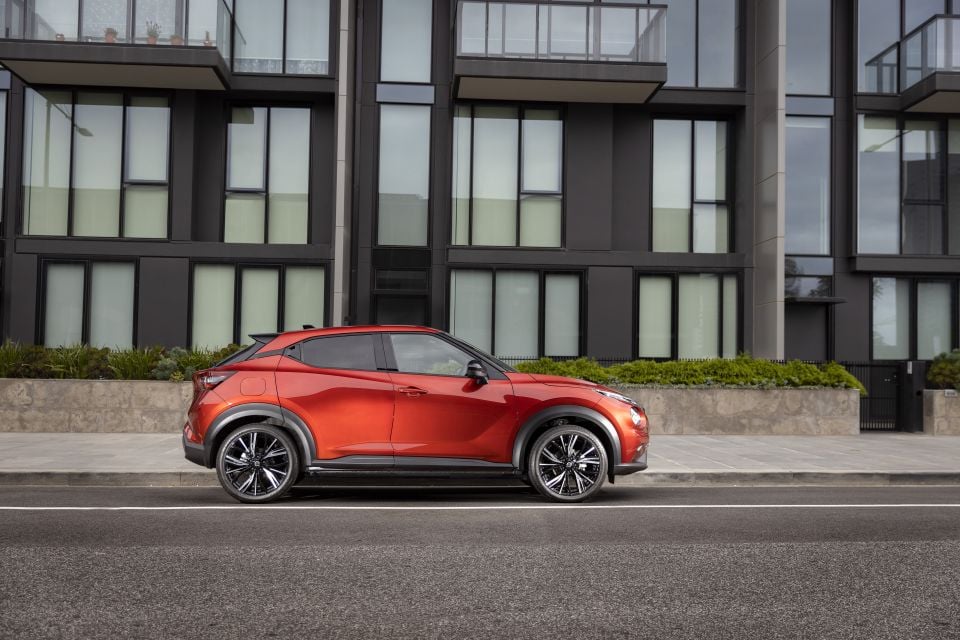
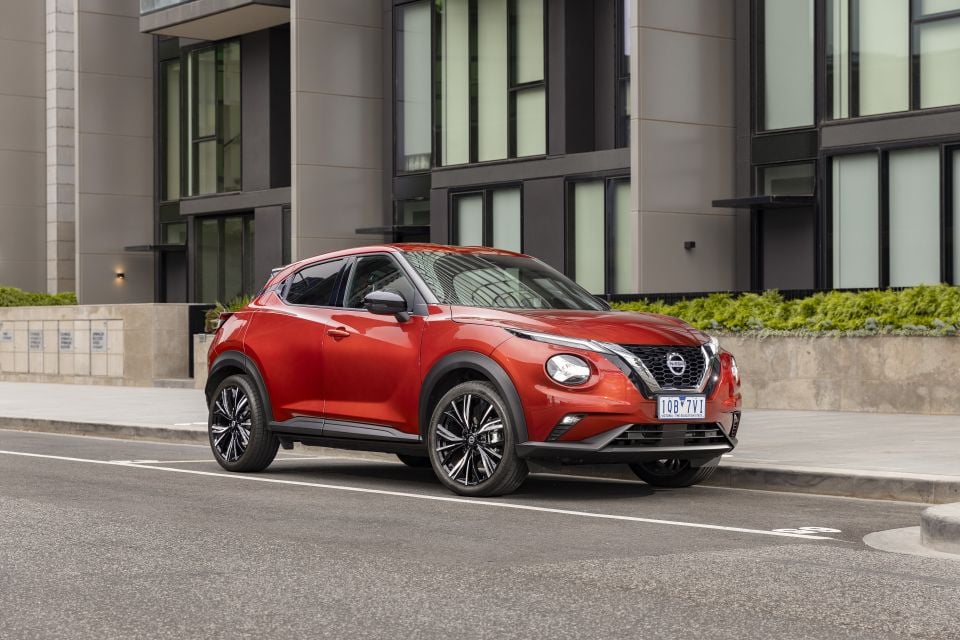
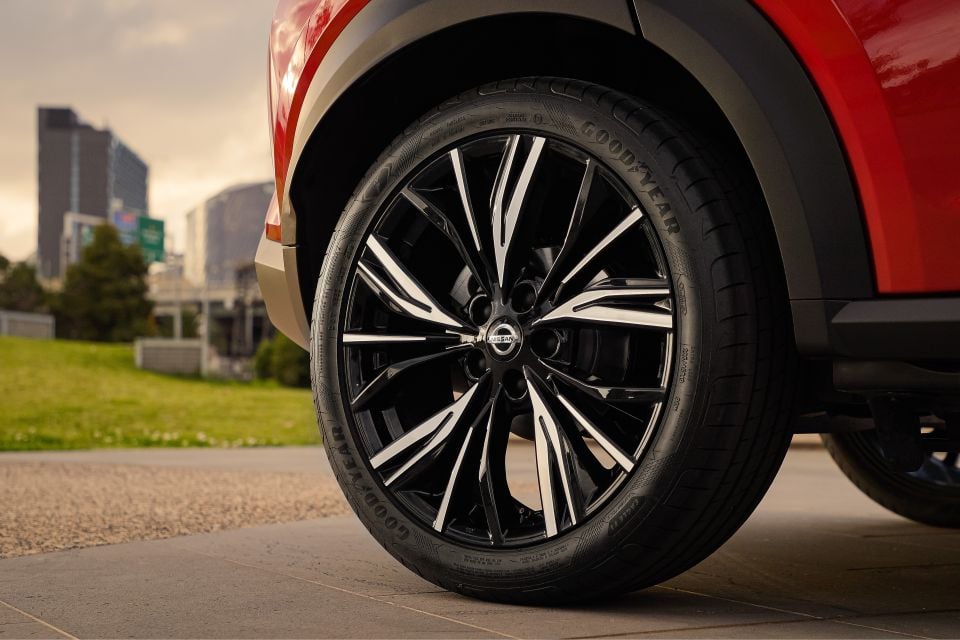
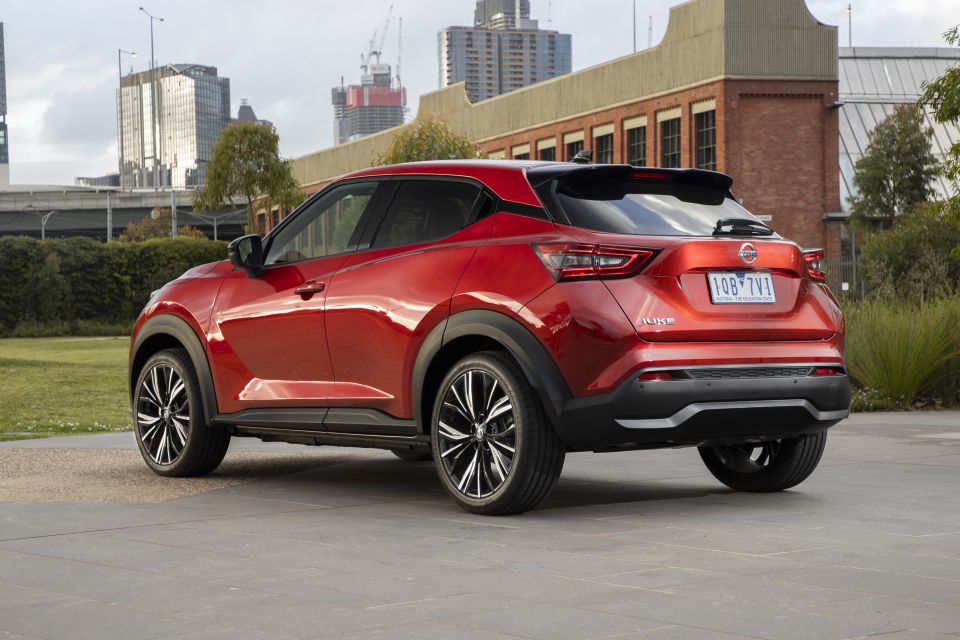
Moving up further to the ST-L adds 19-inch alloy wheels, radar cruise control, a 360-degree camera, 7.0-inch TFT screen ahead of the driver, electric park brake and leather interior with partial cloth seats.
Finally, the top specification Ti gets a unique 19-inch wheel design, quilted leather seats with Alcantara trim, eight-speaker Bose sound system and a tyre pressure monitoring system.
Safety was a high priority for Nissan, with the Juke awarded a five star ANCAP safety rating.
The rating consists of a 94 per cent adult occupant rating, 87 per cent child occupant protection rating, 81 per cent vulnerable road user protection rating and finally a 71 per cent safety assist score. You can read more about the Juke’s crash test results on the ANCAP website.
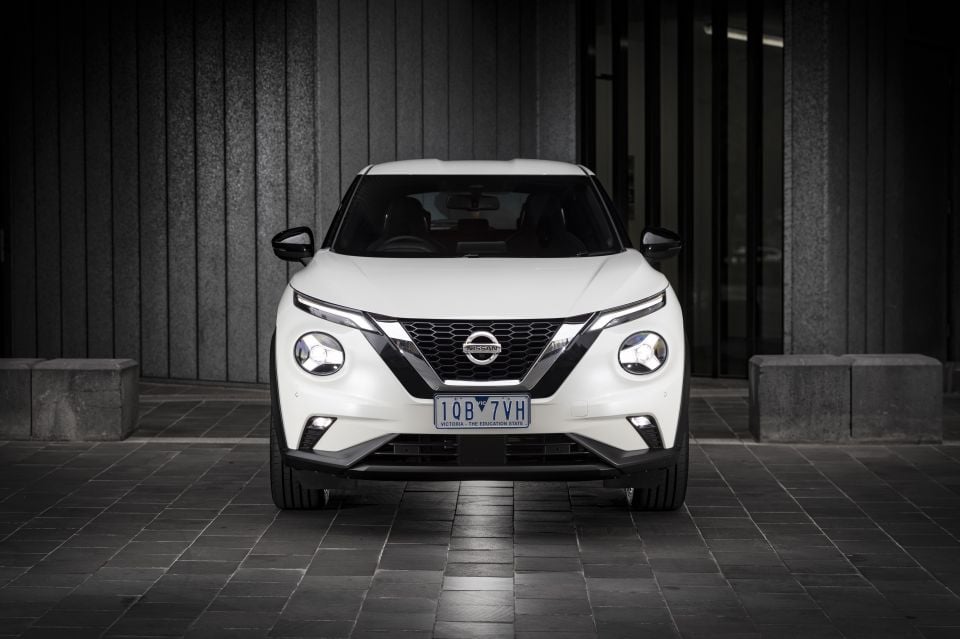
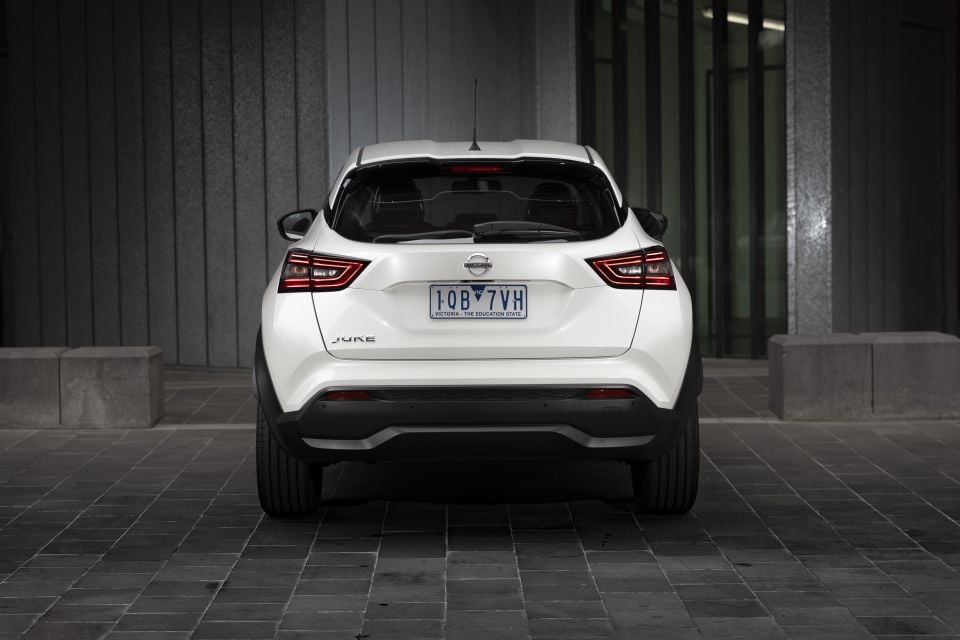

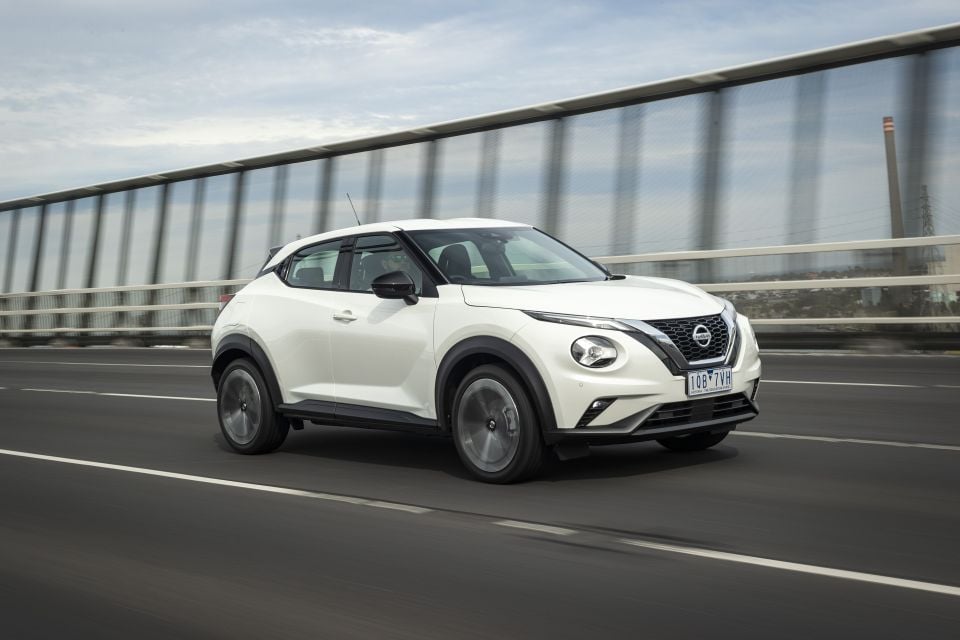
Standard safety equipment across the range includes autonomous emergency braking (AEB) with pedestrian and cyclist detection, blind spot warning, traffic sign recognition, rear cross-traffic alert, forward collision warning and emergency stop signal.
As you step up through the range (from ST+ onwards), Nissan adds radar cruise control, a 360-degree camera and moving object detection.
This is probably the part that impressed us the most about the new Juke. We shot our video review with the top-specification Ti model, but Nissan expects the second-from-top ST-L variant to be the top seller.
Once you plant yourself inside the cabin there’s an immediate feeling of sturdy build quality and luxury. We did find the petrol filler door on the outside to be out of alignment and the driver’s door caught on the chassis guide when closing, but we understand that these may be early production vehicles.
The Alcantara cladding on the dashboard, doors and centre tunnels adds a huge layer of perceived luxury, while the high-mounted 8.0-inch infotainment system brings this car into the modern technology age.
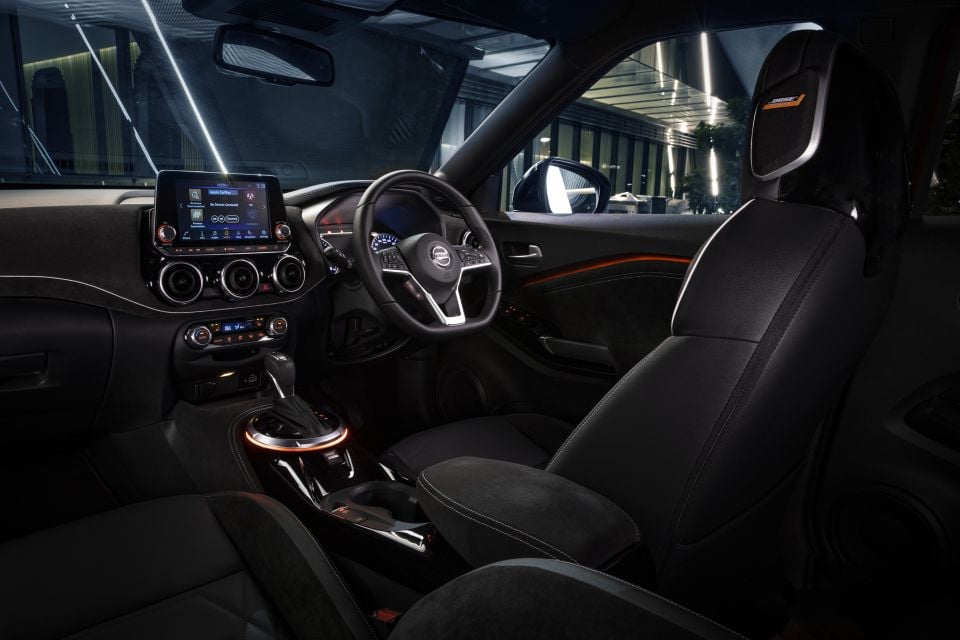
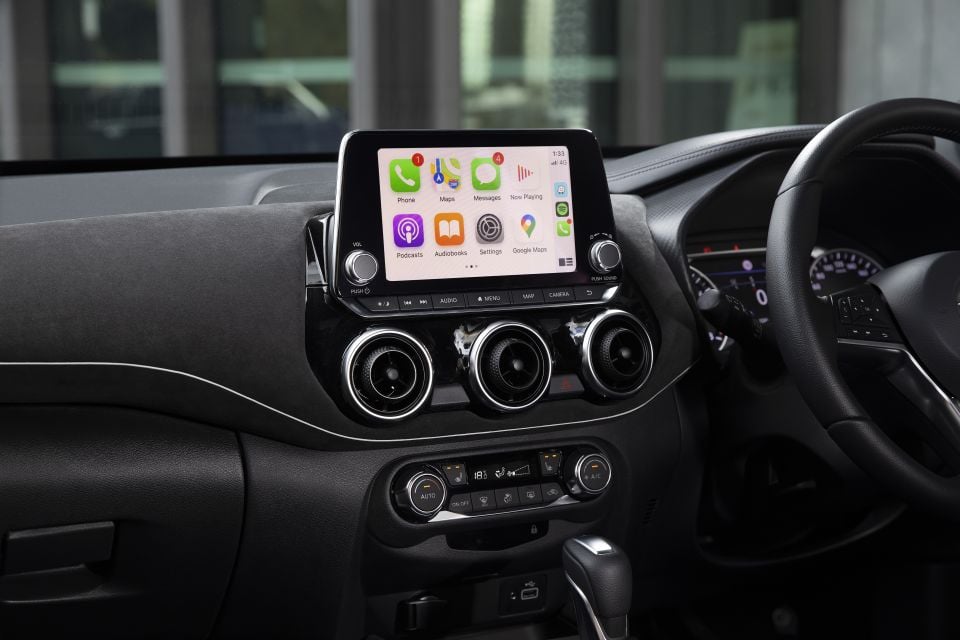
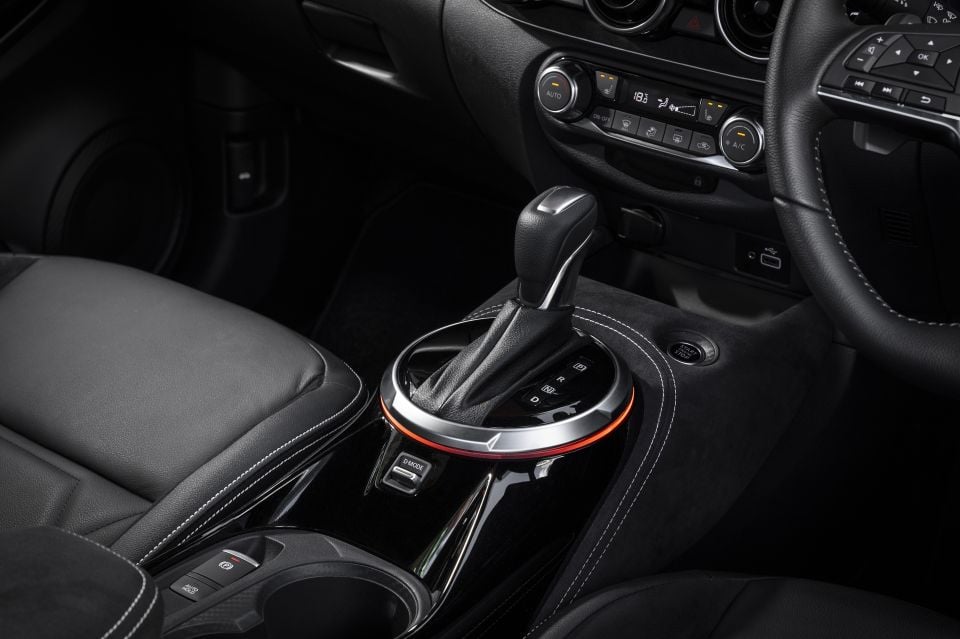
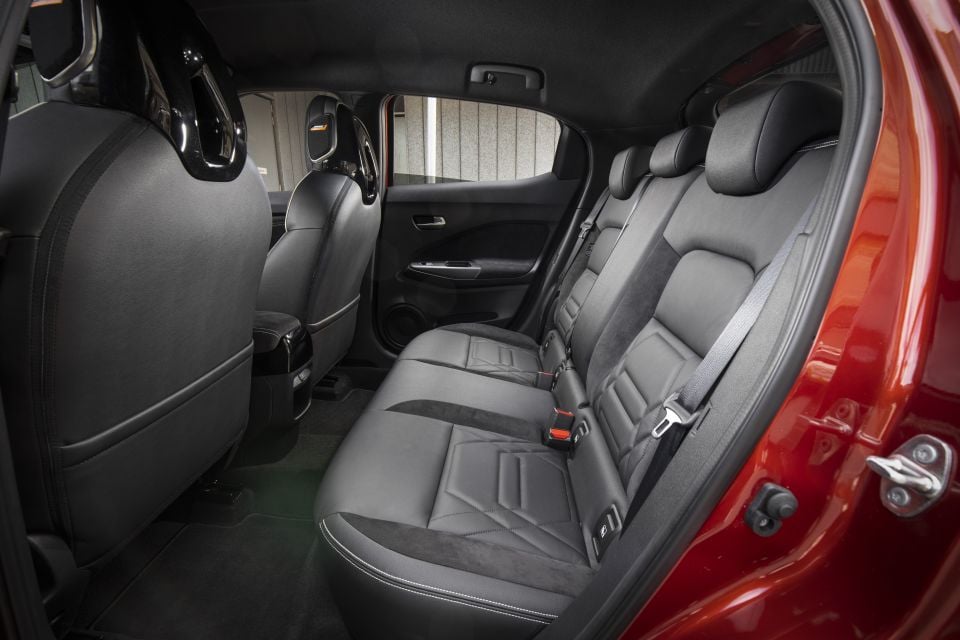
An additional nice touch was the air vents beneath the screen that swivel and move in their holder with a click to open and close.
On the technology front, Nissan’s new infotainment system is excellent with the inclusion of wired Apple CarPlay and Android Auto. The inbuilt TomTom satellite navigation system also works well and integrates traffic and voice control functions.
Audio comes in the form of AM/FM and DAB+ digital radio with the top-specification Ti model picking up Bose Personal Audio. It may look like a gimmick, but the speakers built into the headrest of the driver and front passenger’s seats allow a customisable soundscape for the first row.
Using controls on the infotainment system, the users can create a wide or focussed sound scape that literally converts the sound from a stadium style experience to one of wearing headphones, it’s really cool. Our technology editor, Geoff Quattromani, had the chance to get more detail on this technology recently and was a big fan of it too.
It’s a little disappointing that there’s only a single zone of climate control and no rear air vents. It would have been nice to see a a second climate control zone up front, but it’s not the end of the world.
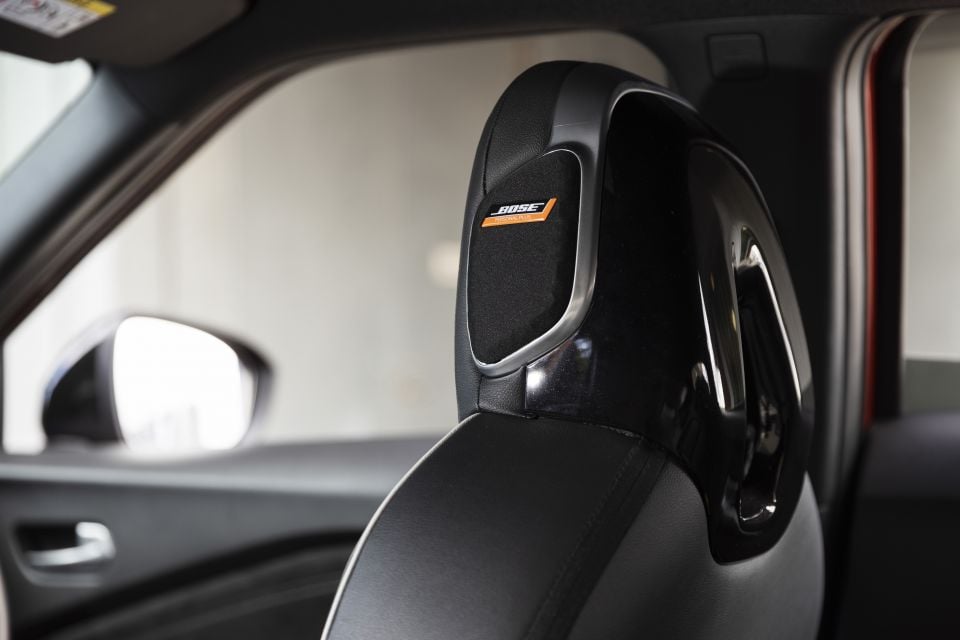
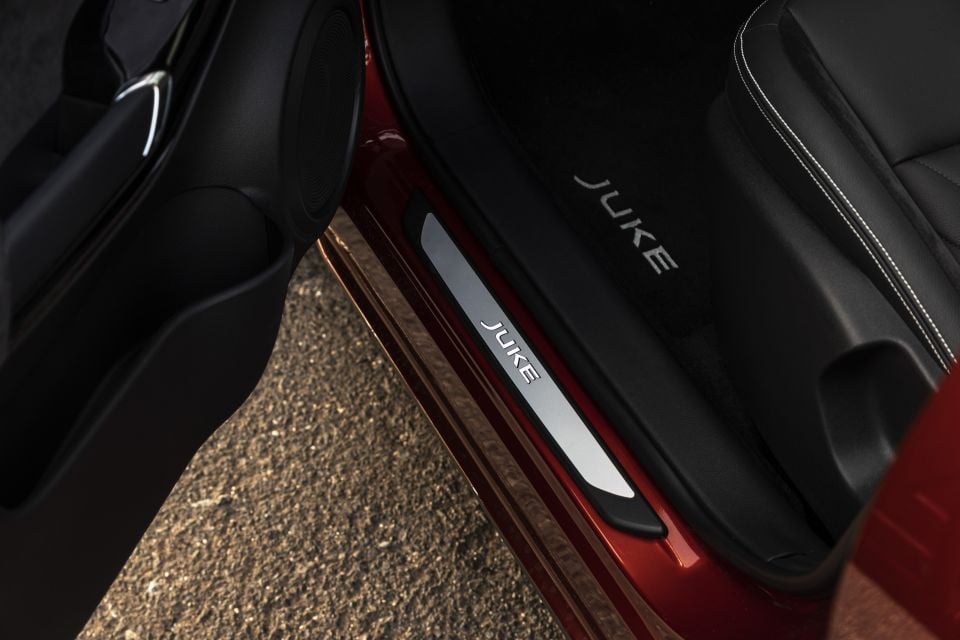
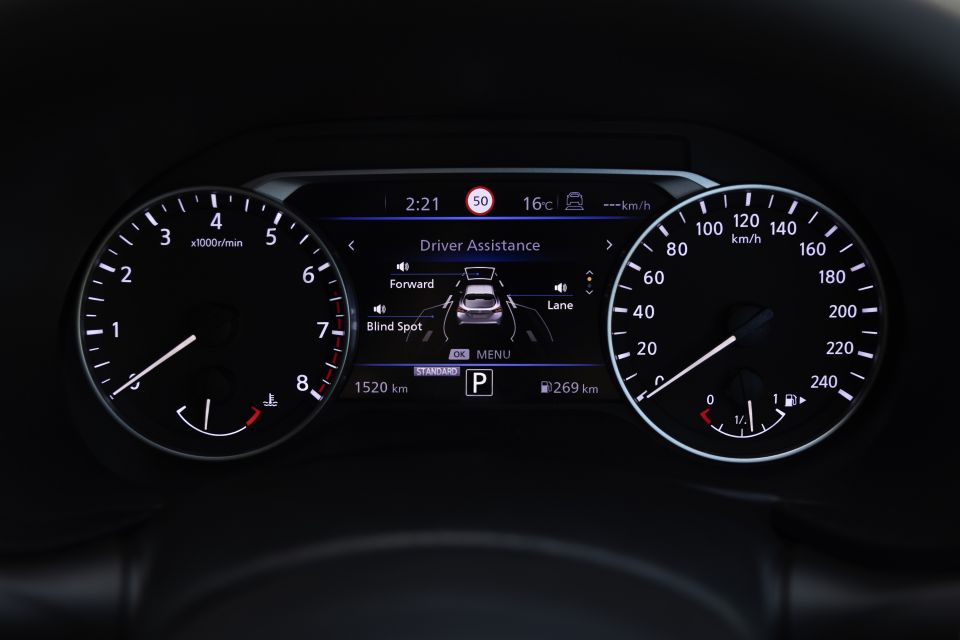
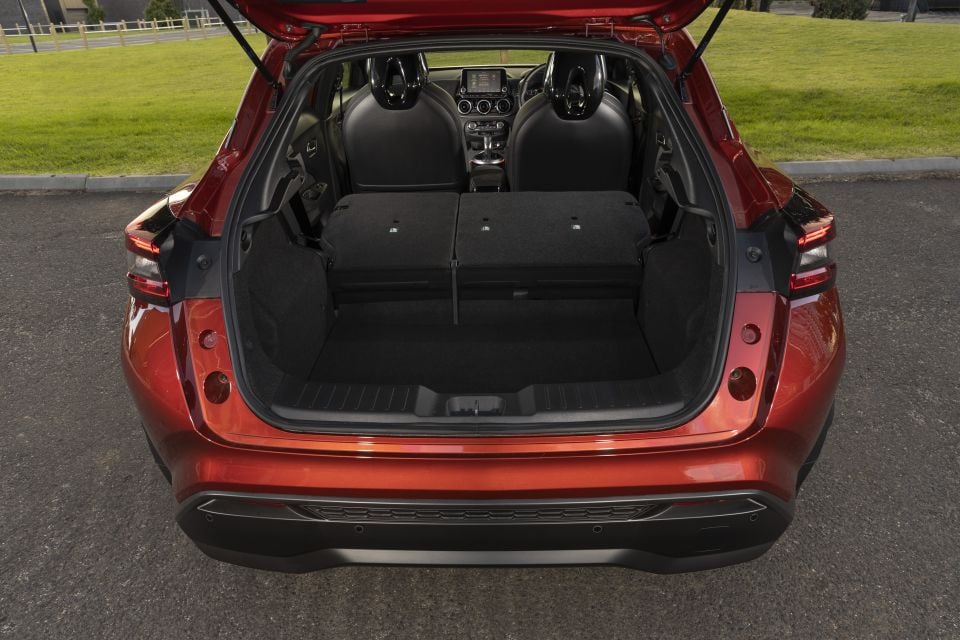
Ahead of the driver is a second 7.0-inch TFT display on ST-L and Ti variants that displays critical warnings, safety systems and trip computer functions.
It’s also worth calling out how cool the seats look in this car. Nissan is kicking some serious goals on the seat design front with the Ti picking up quilted leather seats and lower specification models getting colour-offset seats that bring an added sense of style to the cabin.
In terms of leg and head room, everything is good up front with padding on the side of the centre tunnel to make leaning knees a little more comfortable – you don’t know how uncomfortable it is not having padding there until you’ve been on a long drive in a car with no centre tunnel padding.
The second row is a little tight. It’s worth pointing out I drive with the driver’s seat quite far back and found it tight on the knees to fit in the second row. The window line is also quite high, which made seeing out of the car a little difficult.
Nissan says the new Juke platform offers an additional 5.8cm of knee room and an additional 1.1cm of headroom over the outgoing model.

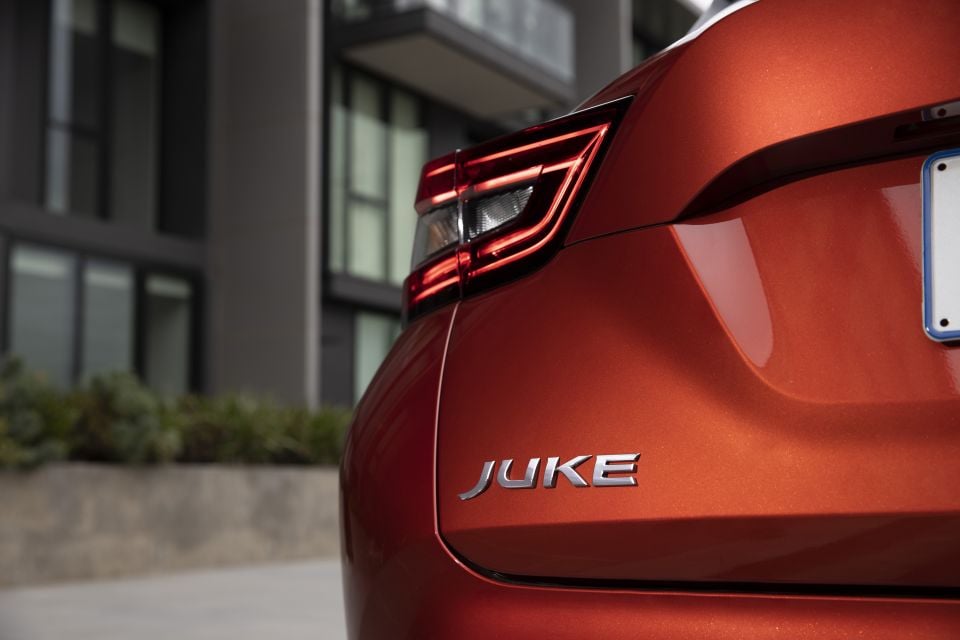
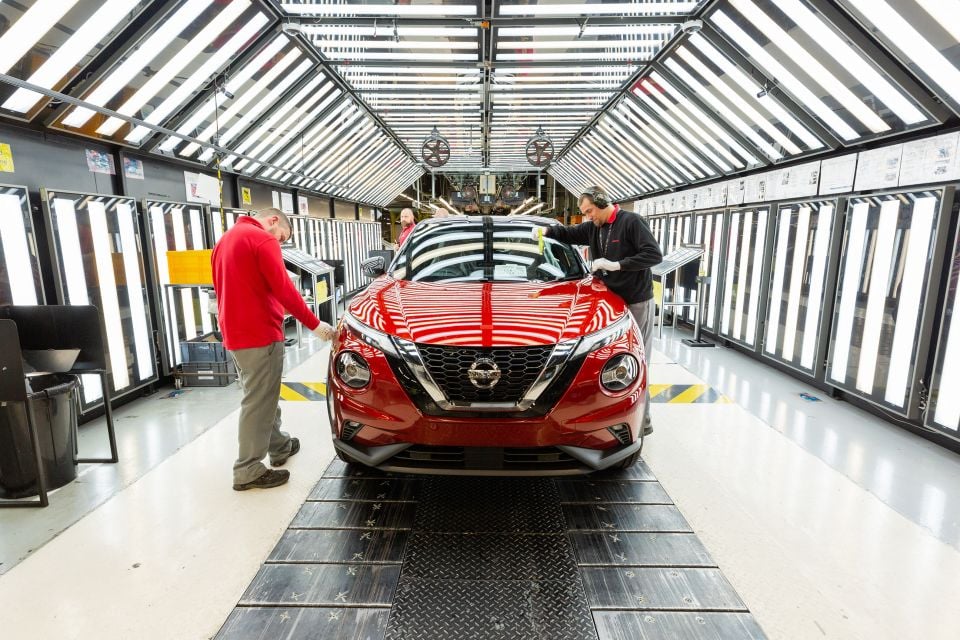
Rear seat passengers pick up a USB charging port in ST-L and Ti specifications, while the entire range has ISOFIX anchorage points on the two outboard seats and top tether points for all three seats.
Nissan Juke cargo space comes in at 422 litres with the second row in place, or 1305 litres when the second row is folded and the second row folds in a 60/40 split.
Visibility from the driver’s seat is great out the front and sides, but a little compromised when looking at the rear due to the narrow rear window envelope.
One engine is offered across the entire Juke range. It’s a raspy 1.0-litre turbocharged three-cylinder petrol engine that produces 84kW of power and 180Nm of torque.
This Alliance engine (referring to the Renault-Nissan-Mitsubishi alliance) is in the same family as the 1.3-litre engine used in the Renault range and in some Mercedes-Benz A-Class models.

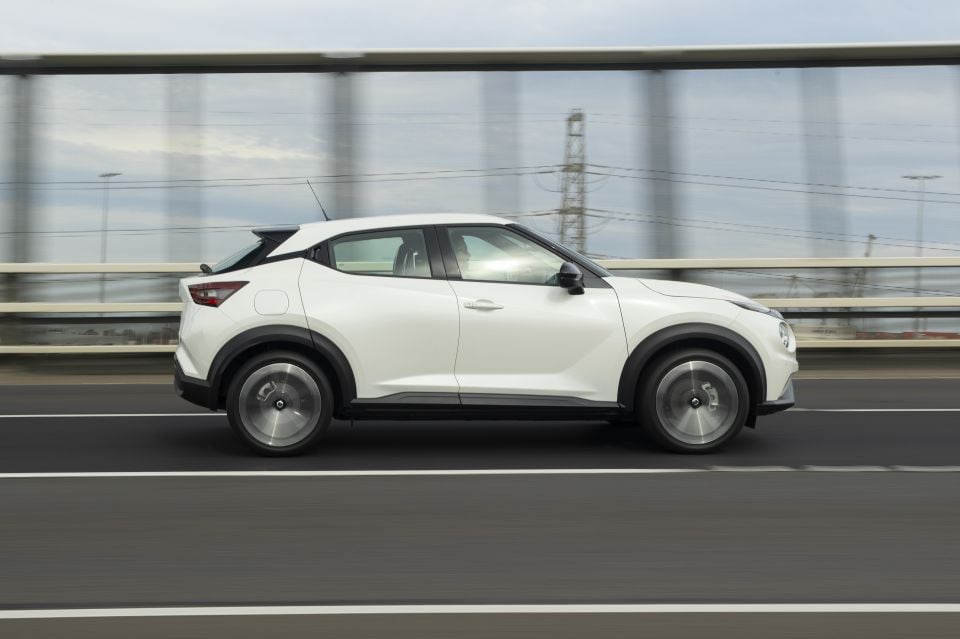
Fuel consumption comes in at a combined 5.8 litres of fuel per 100km.
The engine is mated to a seven-speed dual-clutch transmission with paddle shifters behind the steering wheel. The entire range is also front-wheel drive only, but the platform supports all-wheel drive, which means we could see a hotter Juke variant down the track.
We are a big fan of three-cylinder petrol engines. They have a unique snarl to them and come with an inherent rumble at idle due to the slight imbalance with an odd number of cylinders.
So the Juke fits that bill, but where it drops the ball considerably is with the seven-speed dual clutch gearbox.
At low speeds it’s indecisive and feels totally out of sync with what the driver wants the vehicle to do. Switching from reverse to drive can sometimes result in a jerk forwards or backwards and low speed parking manoeuvres can be jerky as the car decides what it wants to do.

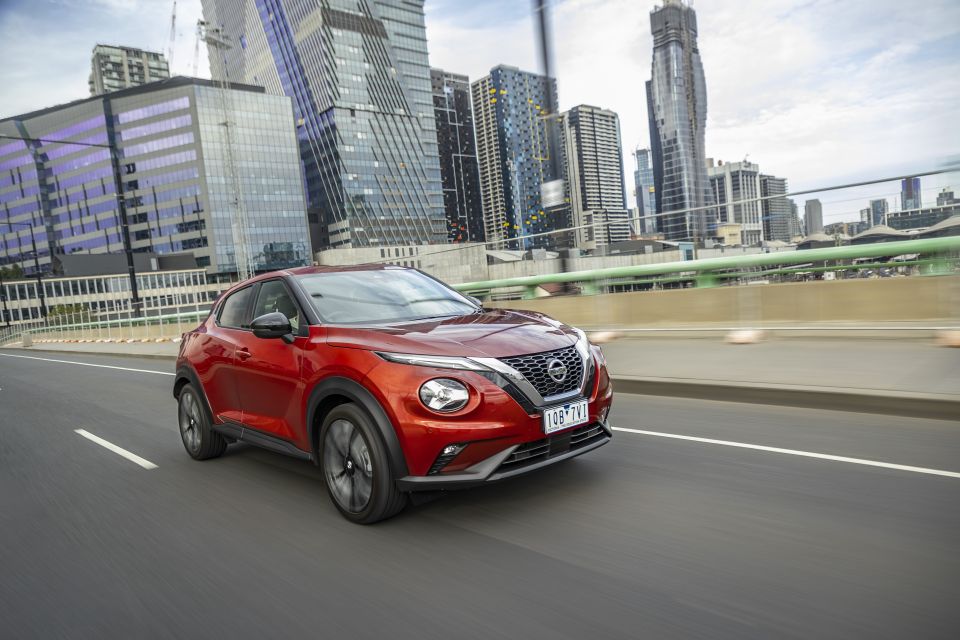
This is made even more noticeable in the Eco and Normal driving modes where throttle sensitivity requires more input to yield a result. Funnily enough, driving the vehicle in Sport mode is far more productive and makes the whole package feel a lot smoother and fun to drive.
It’s likely to result in higher fuel consumption, but the trade off is a really fun drive. You get to hear the engine sing and the gear shifts are quick and sharp with no dull dead spots.
If you put the gearbox to one side, the rest of the package is excellent. Nissan had issues with sporty suspension tunes on some of its cars (namely the Qashqai and X-Trail) when mated to bigger alloy wheels. Despite riding on 19-inch alloy wheels, the Juke feels composed and fuss free.
Our brief time behind the wheel was in and around the city with cobblestones, speed humps and tram tracks. It dealt well with all of these surfaces and straddled the line between soft, and cushy and sporty, which is exactly what you want from a car that looks as sharp as this.
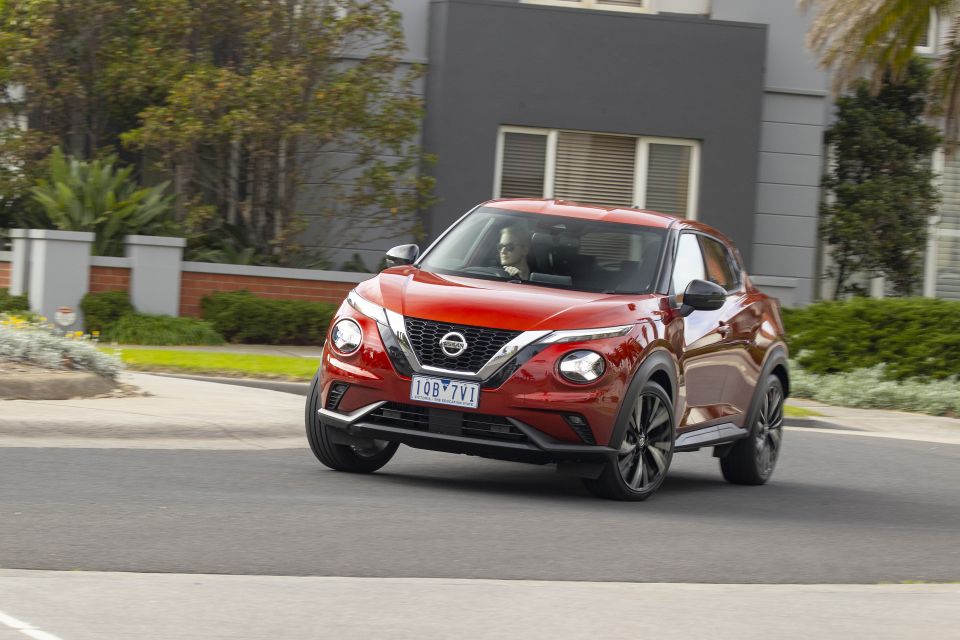
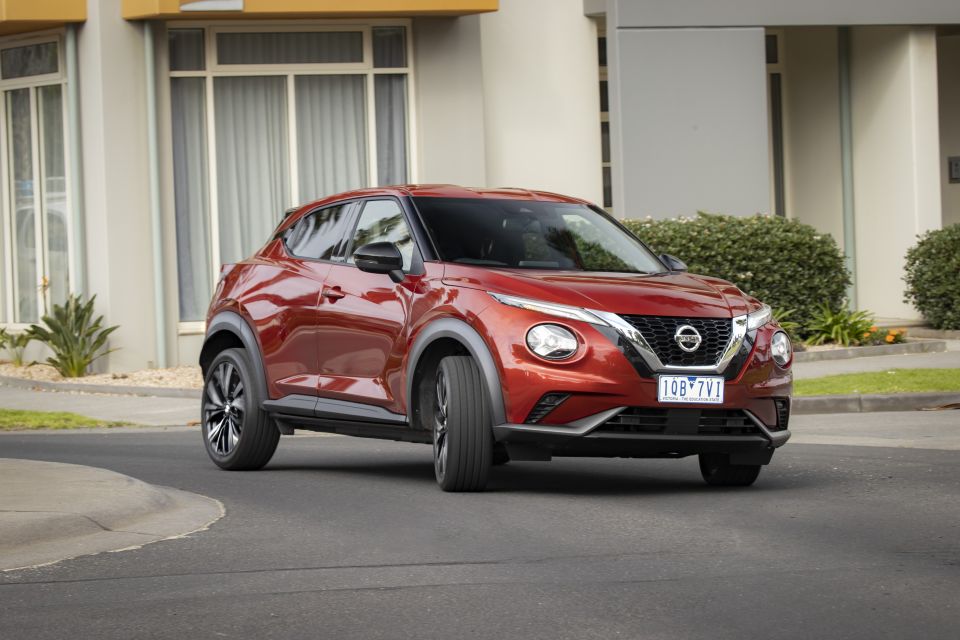
The steering is light enough for low speed movements and when switched into Sport mode offers a little more resistance to improve the experience.
We’re keen to spend a bit more time with the Juke following this launch drive to get a better understanding of the gearbox and drivetrain combination and to see what it’s like on the open road where it’s free to stretch its legs a little further.
Juke comes with a five-year, unlimited kilometre warranty with five years of 24 hour roadside assistance and six years of capped price servicing.
Service intervals and pricing is still to be confirmed. We’ll update the story as soon as that information is available.
Buy your new car without the stress. It's fast, simple and completely free.

Great service from Travis and team, second time I have used this business would not hesitate to recommend them to anyone
Craig C.
Purchased a Ford Ranger in Sunshine Coast, QLD
CarExpert helped Craig save $7,224 on his Ford Ranger, now let us save you on your next new car.
Get your BEST priceNissan has finally turned a corner on the design and technology front. The all-new Nissan Juke looks great (we think) and delivers a style that is pretty unique in this segment.
For the target demographic it’s going to work wonders for everything Nissan is trying to do.
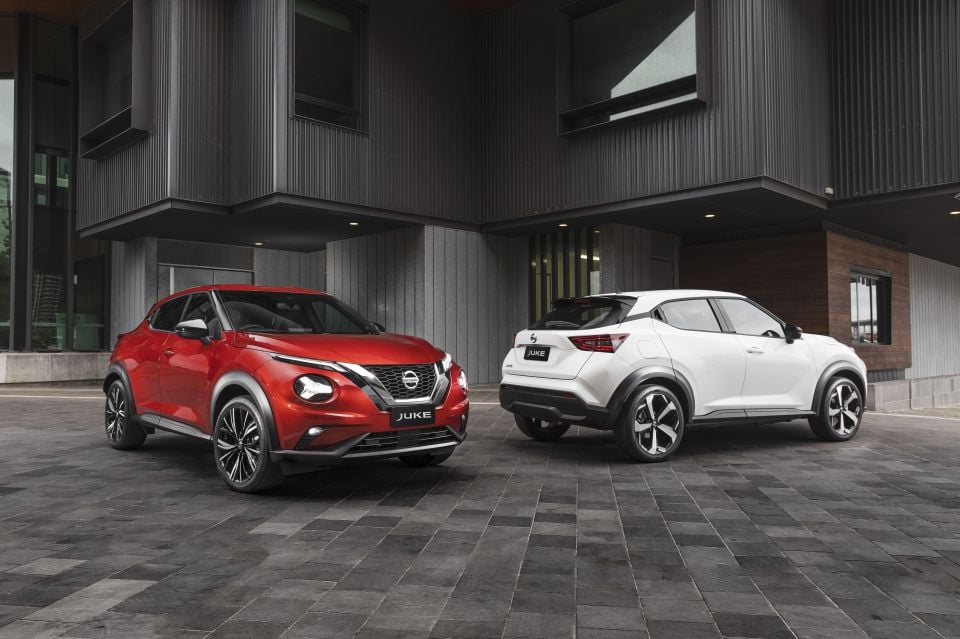
There’s a big step up in price here, but we feel the features, quality and refinement justifies the price hike. Will buyers be willing to stomach the increase? Only time will tell, but it certainly feels premium enough to justify the price tag.
Ultimately though, the Juke is really let down by that gearbox. Its light (1250kg) weight and dual-clutch gearbox make it efficient, but the chase for efficiency appears to have come at the cost of driveability.
We’re looking forward to spending more time behind the wheel to see what it’s like in real world conditions outside of a brief launch drive.
Where expert car reviews meet expert car buying – CarExpert gives you trusted advice, personalised service and real savings on your next new car.
Paul Maric is an Australian car expert based in Melbourne, Australia. Paul is a founder of CarExpert.com.au & formerly part of the CarAdvice founding team.


Josh Nevett
1 Month Ago
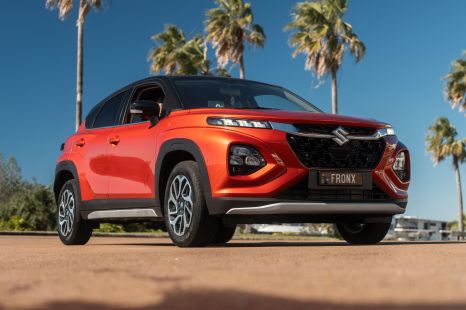

William Stopford
1 Month Ago


Matt Campbell
1 Month Ago
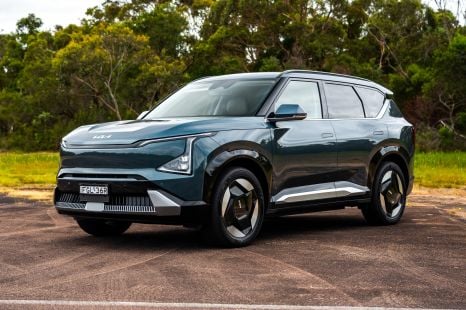

James Wong
29 Days Ago


CarExpert.com.au
22 Days Ago
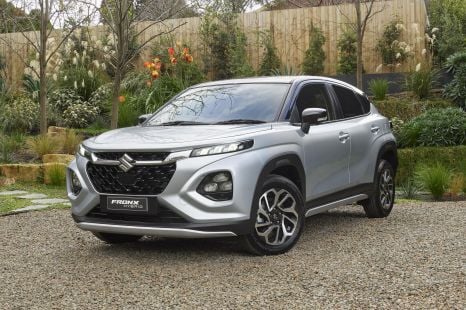

William Stopford
13 Days Ago